Spoiler Angle Effect, Aerodynamic Analysis, Paper Numerical Validation, ANSYS Fluent Tutorial
$160.00 $80.00 Student Discount
- The current CFD Analysis Validates the Paper ‘Effect of spoiler angle on the aerodynamic performance of hatchback model’ via ANSYS Fluent software.
- We have designed the geometry using ANSYS Design modeler software and created the mesh on this geometry using ANSYS Meshing software. The mesh type is Polyhedra with 935,500 cells.
- The k-epsilon turbulence model is used in this simulation.
- The Pressure Coefficient parameter is compared and validated with the article results.
To Order Your Project or benefit from a CFD consultation, contact our experts via email (info@mr-cfd.com), online support tab, or WhatsApp at +44 7443 197273.
There are some Free Products to check our service quality.
If you want the training video in another language instead of English, ask it via info@mr-cfd.com after you buy the product.
Description
Description
A rear spoiler is a device commonly used on vehicles to improve their aerodynamic performance. The main purpose of this study is to investigate the effect of changing the spoiler angle on the aerodynamic performance of a hatchback car.
The inlet boundary condition is a uniform flow with U = 40 m/s and a turbulence intensity of 0.2%. The corresponding Reynolds number (Re) based on the model’s height is 768,000.
In the case of the outlet boundary, the outlet pressure is applied at zero gauge pressure. The side and top walls of the domain are defined as symmetry boundary conditions. The ground and model surfaces are set as no-slip walls.
The computational domain looks like a rectangular box. Since the model is symmetric and the flow is steady, all simulations are performed for half of the flow domain with a plane of symmetry at the centerline location. The cross-sectional area of the half-flow domain is 1738 mm × 1129.5 mm (height × width).
This study uses the RANS-based Computational Fluid Dynamics (CFD) method. To validate the project, obtained numerical results are compared with the data of the ‘Effect of spoiler angle on the aerodynamic performance of hatchback model’ paper.
The model is designed in the Design Modeler software, and then the meshing is done by ANSYS Meshing software. That is in a fully Polyhedra grid type that results in a 935,500 element number.
Methodology: Spoiler Angle Aerodynamic Effect
The turbulence model is the k-epsilon model with an improved wall, which is one of the useful two-equation models. Also, a fixed pressure-based solver is used to achieve steady state simulations.
Conclusion
The numerical results show that in the positive spoiler angle, the aerodynamic lift of the hatchback model is significantly reduced. However, when configured at a negative pitch angle, the Effect of the spoiler on lift reduction is inadequate. Although aerodynamic lift decreases by increasing spoiler angle, it was accompanied by a decrease in drag.
Finally, as seen in the charts above, the pressure coefficient parameter has acceptable accuracy compared to Fig-7 in the paper. Fig-7 is shown below:

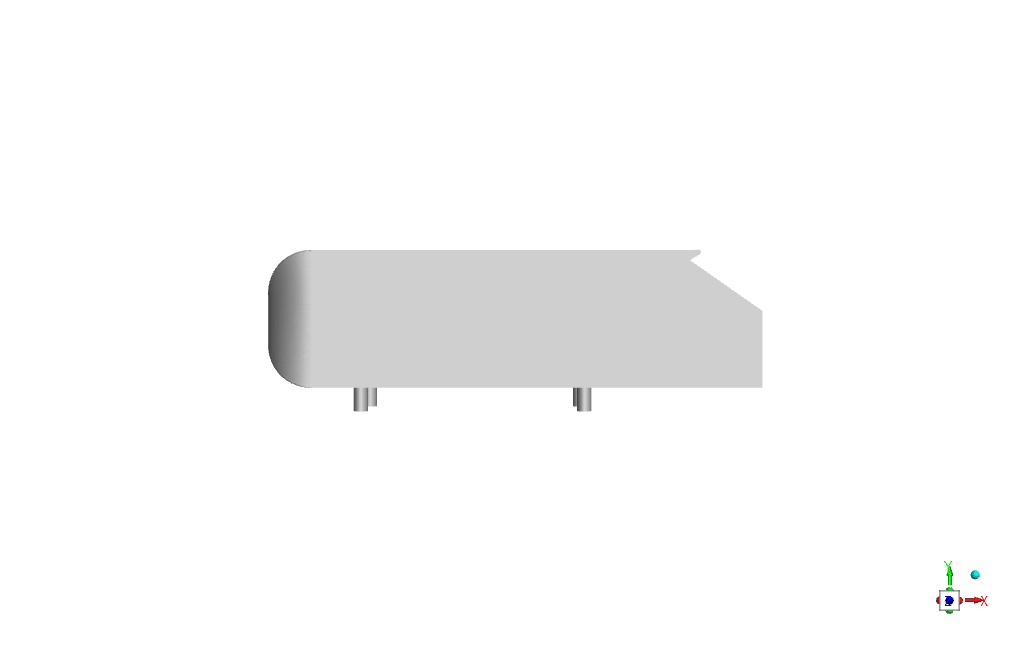

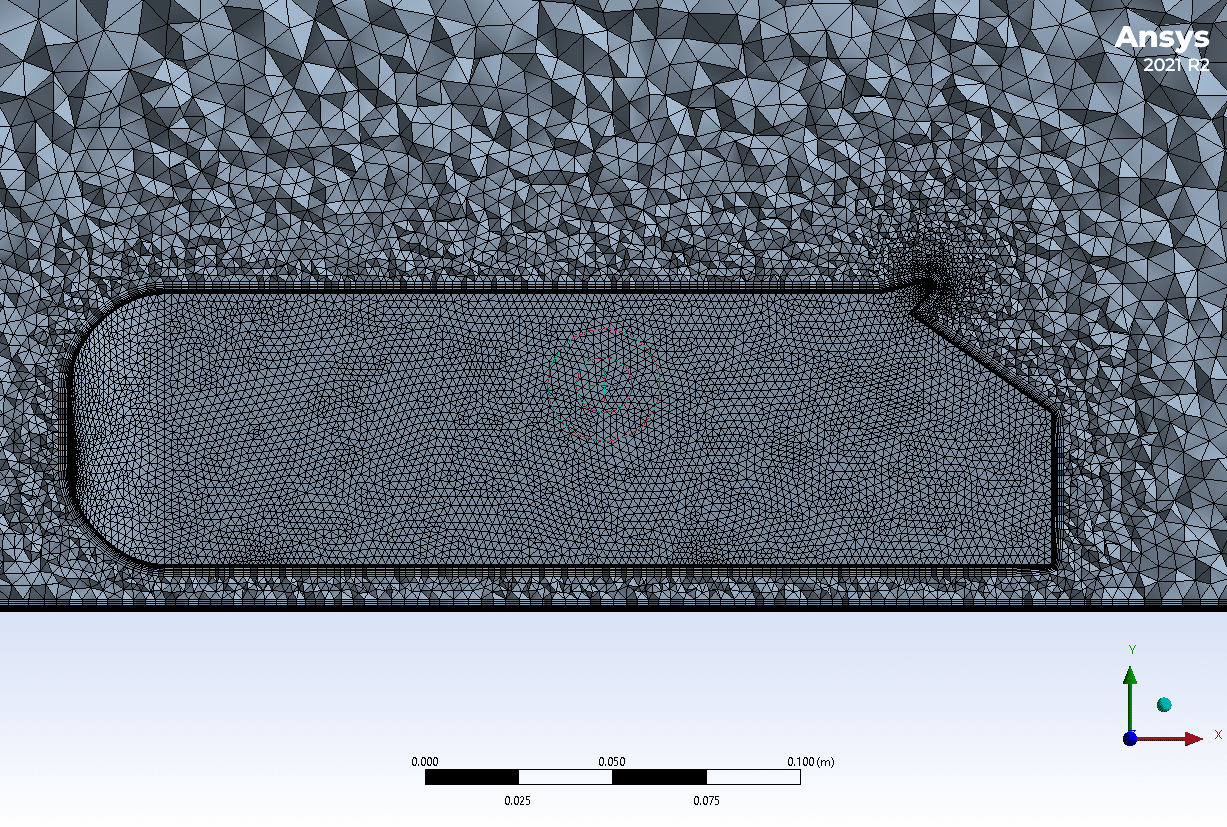





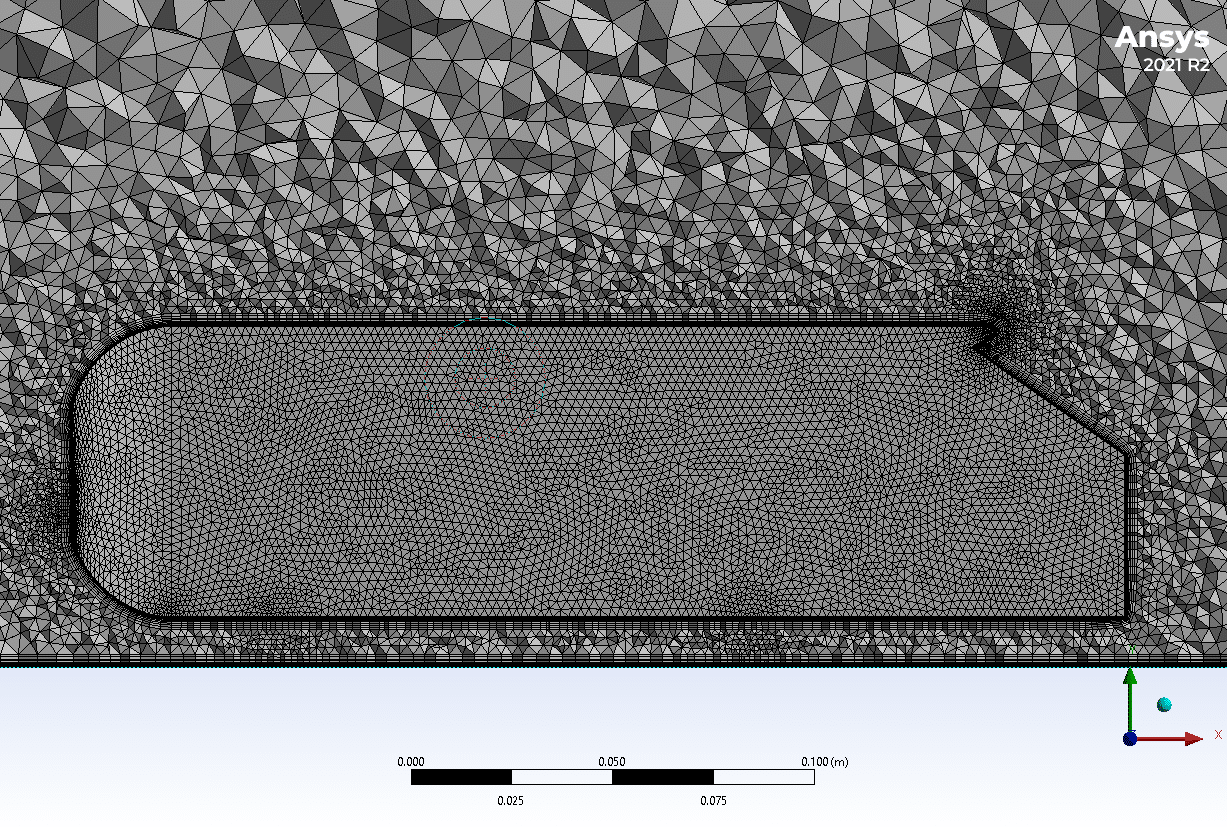

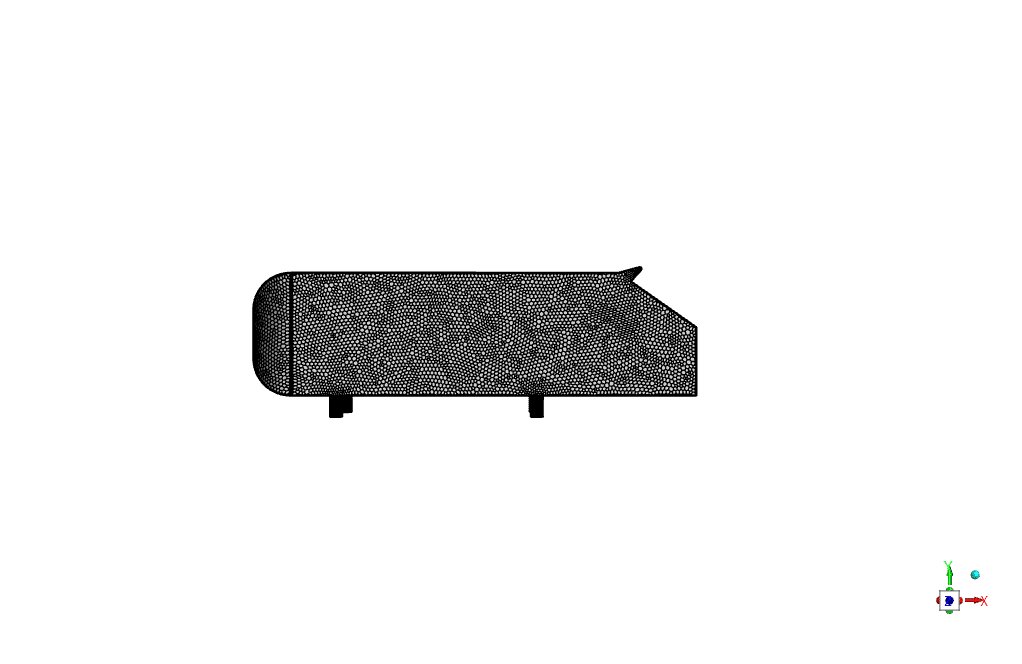






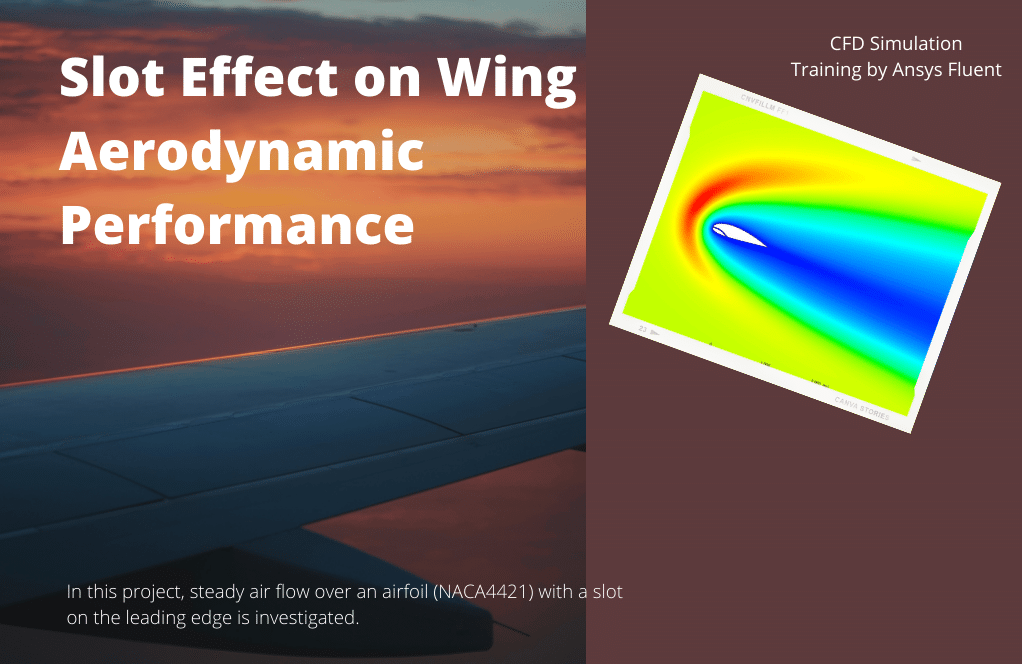


Mr. Dustin Strosin –
This tutorial was wonderfully structured and informative. The spoiler angle’s impact on aerodynamic performance was made clear with good theoretical explanations and practical simulation steps. The validation against the paper provided assurance in the CFD results, enhancing my understanding of car aerodynamics profoundly.
MR CFD Support –
Thank you for your positive review. We’re thrilled to hear that our detailed explanation and practical application of the spoiler angle effects have contributed significantly to your understanding of vehicle aerodynamics. We strive for clarity and accuracy, and it’s gratifying to know our materials meet those standards.
Princess Weimann –
The tutorial was fascinating and very informative. I appreciate how it combined conceptual understanding with practical application, demonstrating the impact of spoiler angles comprehensively.
MR CFD Support –
Thank you for your kind words! We’re thrilled to hear that you found our tutorial on aerodynamic analysis using ANSYS Fluent both engaging and educational. It’s fantastic to know that the content resonated with you and that you could gain deeper insights into aerodynamic performance. Your feedback is greatly appreciated!
Neha Schneider –
The tutorial on spoiler angle effects was so comprehensive! The aerodynamic analysis was detailed, and the numerical validation against the research paper provided me with great insight into the principles of automotive aerodynamics. Thanks for a well-structured and valuable learning tool. Following the methodology, I achieved results in line with the expected trends in aerodynamic performance changes due to spoiler adjustments.
MR CFD Support –
We’re thrilled to hear that the Spoiler Angle Effect tutorial met your expectations and provided you with valuable insights into automotive aerodynamics! Your success in achieving accurate results is what we aim for with all of our products. We appreciate you taking the time to share your positive experience, and thank you for choosing our learning tools for your studies. If you have any more feedback or need further assistance, we’re always here to help. Thank you for your review!
Mr. Fritz O’Keefe III –
The tutorial was very enlightening. The comparison graphs in the paper aligned well with the simulation results, which provided a high degree of confidence in the learning material. Applying the k-epsilon model for handling turbulence seemed appropriate given the nature of the aerodynamics analyzed.
MR CFD Support –
Thank you for taking the time to provide your feedback on our Spoiler Angle Effect, Aerodynamic Analysis tutorial. We’re thrilled to hear that the comparison graphs supported the simulation accuracy and that you found the explanation regarding the turbulence model selection enlightening. Your satisfaction with the material is important to us, and we look forward to providing you with more high-quality educational content in the future.
Effie Sipes –
The tutorial’s approach to simulating spoiler angle adjustments is fascinating. Comparing CFD results with academic papers adds a layer of validation that garners trust in the accuracy of the methodology. Tremendous job on elaborating the boundary setup which is crucial for newbie enthusiasts trying to understand aerodynamics in vehicular design!
MR CFD Support –
Thank you for your positive feedback! We strive to produce high-quality tutorials that not only guide users through the software but also reinforce learning with real-world validation. We’re delighted to know that our approach in the ‘Spoiler Angle Effect’ analysis enhanced your understanding of aerodynamic simulations!
Kaelyn Funk –
This tutorial was really helpful for understanding how spoilers affect aerodynamic performance. The step-by-step approach made it easy to follow along.
MR CFD Support –
Thank you for your kind words! We are delighted to hear that our tutorial on the effect of the spoiler angle on aerodynamics was helpful and clear. If you have any more feedback or need further assistance, please feel free to reach out to us.
Aaliyah Williamson DVM –
What an impressive study on spoiler angles and aerodynamics! It’s great to see how CFD can be applied to practical designs and deliver such useful insights for vehicle performance enhancements. The balance between lift reduction and managing drag at various angles offers a deep understanding for automotive optimization. Thank you for showcasing the connection between computational modeling and real-world application—a perfect mix of theory and practice.
MR CFD Support –
Thank you for your positive feedback! We’re glad you found the study on the spoiler angle effect informative and applicable. At MR CFD, we strive to provide high-quality, practical CFD analyses that can bridge the gap between theory and real-world applications. Your appreciation really encourages us to continue delivering comprehensive learning and research materials within the field of aerodynamics and beyond!
Dr. Frederic Monahan –
As an automotive engineering enthusiast, I’m impressed with the spoiler angle analysis using ANSYS Fluent. It’s fascinating to see how auto design can influence performance. I would love to apply this study’s findings in real-life car modifications!
MR CFD Support –
Thank you for your kind words! We’re thrilled to hear that our tutorial on spoiler angle effect and aerodynamic analysis has sparked your enthusiasm and may help inform your real-life automotive projects. Your interest in applying the findings of this study is precisely the kind of passion we wish to inspire. If you need further information or assistance with your car modifications, please don’t hesitate to reach out. Good luck with your automotive endeavors!
Doyle Beier MD –
The explanation is very detailed and structured. But could you clarify if the positive spoiler angle also leads to an increased amount of drag alongside the reduction in lift?
MR CFD Support –
In our simulations dealing with the effect of the spoiler angle on aerodynamics performance, a positive spoiler angle does reduce lift. However, the relation with drag is dependent on multiple complex factors. The analysis showed that when the spoiler angle is positive, there can be scenarios where drag increases due to the air deflection caused by the spoiler, but there are also setups and specific angles where the impact on the drag can be minimized or possibly even reduced due to improvements in the car’s overall aerodynamic shape induced by the spoiler configuration.
Eden Rogahn –
I’ve been studying how the spoiler angle affects car performance and was impressed with the CFD analysis provided. The results demonstrating lift reduction with positive spoiler angles were particularly insightful. The numerical validation seems thorough, aligning with research findings. To improve understanding, would it be possible to get insight into the forces acting on the model due to changes in the spoiler angle? Understanding the forces would help explain performance changes on the vehicle.
MR CFD Support –
In each simulation at different spoiler angles, forces such as lift and drag are computed. With a positive spoiler angle, the downforce on the vehicle increases, reducing lift. This gives better stability at high speeds. Conversely, a negative angle does not contribute significantly to lift reduction. The study balances these aerodynamic forces to achieve desired performance outputs.
Victor Stroman –
The tutorial was fantastic, and the comparative analysis with existing research was particularly helpful. I now have a clear idea of how spoiler angle affects a car’s performance. Very well-presented and easy to understand!
MR CFD Support –
Thank you for your positive feedback! We’re delighted to hear that our tutorial was able to provide you with a clear understanding of the effects of spoiler angle on aerodynamic performance. It’s great to know the comparative aspect of the tutorial was helpful. We strive for clarity and ease of understanding in our materials, and we’re glad this came through for you.
Velma Huel –
I have read through the tutorial and I’m very impressed with the findings. Could you elaborate on how the results compare to the experimental data from the paper, specifically in terms of the pressure coefficient parameter accuracy?
MR CFD Support –
Thank you for your interest in the spoiler angle effect study. I am glad to hear that you found the tutorial impressive. The numerical results derived from the simulations in ANSYS Fluent showed a good correlation with the experimental data from the ‘Effect of spoiler angle on the aerodynamic performance of hatchback model’ paper. Specifically, the pressure coefficient parameter depicted in the tutorial matches closely with Fig-7 in the paper, which indicates a high level of accuracy in our simulation approach. This level of validation gives credibility to the simulations and demonstrates the potency of the computational methods used for aerodynamic analysis in automotive applications.